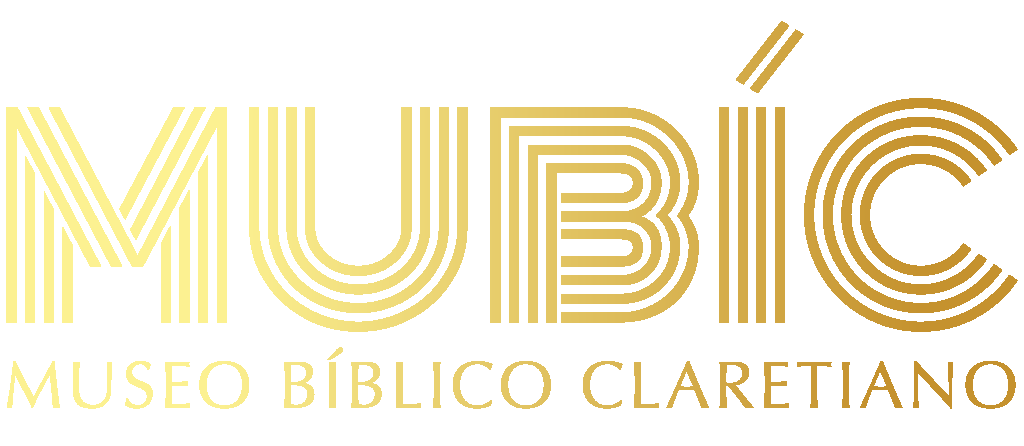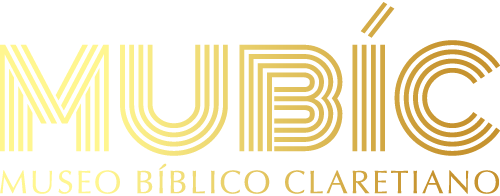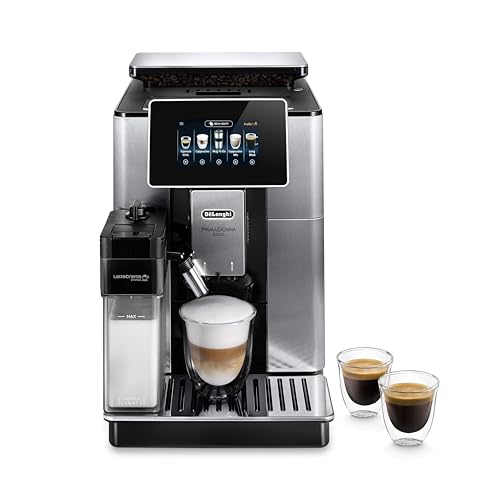



Foro
About Me
 Choosing the Right coffee machines from bean to cup Beans For Your Coffee Machine
Choosing the Right coffee machines from bean to cup Beans For Your Coffee Machine
 Using the right coffee beans can have a huge impact on your cup of coffee. This is especially true for bean-to cup machines.
Using the right coffee beans can have a huge impact on your cup of coffee. This is especially true for bean-to cup machines.
They have a hopper that can be filled with whole beans, and then they automatically grind them to the right size to extract. They also have a brew chamber that can hold hot water.
Consistency
Bean-to-cup machines are excellent for making coffee. They can be used with the proper coffee beans to create a delicious cup of coffee each time. To ensure your coffee tastes great, you must choose the best automatic bean to cup coffee machine beans and roast them properly. You should also know the right grind size for your preferred brewing method. The grind size is crucial because it determines the speed at which water will pass and how much flavor is extracted. It is important to select a grinder that will produce consistent grinding, which is appropriate for the brewing method you are using.
For all brewing methods, it is recommended to use medium-coarse beans as this grind size ensures an even extraction and a balanced flavor profile. It is crucial to avoid dark roast beans in a bean-to cup machine, as they tend to be oily and cause a blockage in the burrs of your grinder. This could lead to a buildup of coffee oils that can produce a bitter cup of coffee.
The quality of coffee beans is affected due to a variety that include storage and grinding. When beans are stored too long they lose their moisture content as well as the aromas that make them so aromatic. It is essential to buy freshly roast coffee beans for your commercial machine. You should also select a medium-to-dark roast since they are more suited to beans-to-cup machines.
The ideal beans for your machine will be determined by your personal preferences and tastes. Some people prefer to use 100% Arabica beans while others might prefer mixing both types of beans. There are many different roasting levels, from light to dark. Some roasts are better suited to certain methods of brewing, while others can be used with any coffee maker.
The consistency of the grind is another aspect that can impact the flavor of your coffee. A more fine grind allows water to flow through it more quickly however it could also be more likely to extract too much flavor (a condition called over-extraction). The shape of the particles that make up the coffee grind is a different aspect to consider - if they're all of different dimensions and shapes, they can affect how the water flows through the coffee which can cause some areas of the grounds to be under- or over-extracted.
Cost-effectiveness
It may seem expensive to buy your own machine but it's actually more economical in the long term than purchasing expensive pods. You'll also have access to more beans to choose from and will not be limited to the beans offered by a coffee rental company. You'll also save money on maintenance costs and won't need to worry about refills or service contracts or ongoing contracts.
There are many types of coffee machines available and the one that is most suitable for your workplace depends on your personal preferences and priorities. For instance, a bean-to-cup machine will provide you with the most authentic and fresh taste, whereas pod coffee machines offer simplicity of use and a variety of flavors at a more affordable price.
Bean-to cup machines are more expensive than pod machines, however they can offer many benefits including less waste and a better cup of coffee. They can be used with various beans, making them a great option for offices looking to accommodate a diverse workforce.
The type of beans you choose to use in your coffee maker will determine the quality and taste of your cup of joe. Select medium roast beans. They are roasted to just the right amount to give them complex flavors but not too much to lose their natural characteristics. It is also essential to ensure that the beans have been freshly roast. Stale or old beans could affect the final product.
The use of ground beans is cheaper than purchasing pre-ground coffee but you'll have to buy a grinder and invest in the right equipment. It's worth it in the end as you'll be in a position to alter the grind's size and strength to your preference and have greater control over the brewing. You'll also be able to avoid the additives and toxins that are commonly found in commercially produced ground coffees. You'll also decrease the amount of waste that you produce because pods are costly and difficult to recycle due to their plastic and aluminum components.
Variety
There are many types of coffee beans available with each offering a distinct flavor profile that can complement many drink and food recipes. Certain coffee machine coffee beans beans are dark-roasted, which can change the flavor and aroma. Others are roasted lighter which can result in an apricot or floral flavor.
It can be difficult to pick the correct type of bean for your machine. There are many factors to consider, including the origin of the bean, the method of processing, and the roast color. It is also crucial to select fresh beans that have been roasted recently. Beans that have been roast for too long may lose their aroma and flavor.
Although there isn't a specific kind of coffee bean that is ideal for bean-to-cup machines, there are some that are more suitable than others. For instance, dark roasts are the best value bean to cup coffee machine for espresso drinks, while lighter roasts are better suited for filter coffee. A good rule of thumb is to play with various flavors and varieties until you discover the ones that fit your preferences.
Bean-to-cup machines are quick efficient, easy to use and versatile. They can be used to produce coffee, cappuccino and latte as well as other milky beverages. These machines are very popular for those who prefer to relax and not be involved. You don't have to worry about pressing the portafilter or tapping the cake trays. They are available from most major retailers. They are ideal for use at home.
Coffee is made up of two basic ingredients that are water and coffee beans. Choosing high-quality coffee beans and making use of filtered water is crucial for brewing a delicious cup of coffee. The type of coffee beans you choose to use will affect the taste, aroma, and consistency of your cup of coffee.
It is not enough to be concerned about the quality of the beans, but also the aroma and color of the roast. A light roast will have a more subtle flavor, while medium roasts will have a balanced and full-bodied taste. Dark-roasted beans work best for espresso machines, whereas medium and light roasts are more suitable for filter coffee and machine-to-cup.
De'Longhi coffee bean to cup machine grinders can be used to make espresso or filter coffee. This bean-to-cup machine will grind whole coffee beans into fine ground and make a cup in less than one minute. It can also make an espresso cup, latte, or chai tea.
Environment-friendly
Coffee is one of the most consumed drinks in the world Therefore, it's crucial to select sustainable choices. Sustainability in coffee includes economic, social and environmental factors. When buying coffee beans, look for Fair Trade or UTZ certifications to ensure that farmers are receiving an appropriate price for their crops and are not making use of harmful chemicals. These certifications can help to protect the environment.
Despite its many benefits, coffee is still a resource-intensive crop. The growing, processing, and packaging of coffee beans generates greenhouse gasses, deforestation and water pollution. However the use of sustainable coffee beans and brewing techniques can help reduce these impacts. A recent life-cycle assessment (LCA) study looked at the impact of methods of brewing on the environment. Researchers discovered that the Moka pot, and single-serve capsules that have aluminum seals had the largest environmental footprints. The former caused the most harm to nonrenewable resources, and the latter produced huge amounts of waste.
According to researchers who conducted the LCA the cultivation and production are the two biggest elements that contribute to the environmental footprint of a cup coffee. Coffee production is energy-intensive and requires fertilisers, pesticides, and machinery that emit greenhouse gases. In addition, it is a significant cause of deforestation in the Amazon basin.
In fact the study, which was conducted in 2021, it was discovered that coffee produced using the least sustainable methods produced more CO2 than the same amount of cheese, and was half as much as the emissions from beef. This was due to the use of intensive fertilization irrigation, as well as the use of nitrous oxide emitting pesticides. The good news is that the impact of the switch to sustainable practices would be drastically reduced.
You can make your coffee eco-friendly by using reusable cups or mugs, purchasing Fair Trade or UTZ-certified beans and a reliable coffee maker. If you're planning to use pods, choose ones that are 100 percent compostable. You can also purchase loose coffee grounds to improve your soil.
Location
Occupation
Latest Post: Nuevo Testamento Our newest member: prestondarke34 Recent Posts Unread Posts Tags
Forum Icons: Forum contains no unread posts Forum contains unread posts
Topic Icons: Not Replied Replied Active Hot Sticky Unapproved Solved Private Closed



